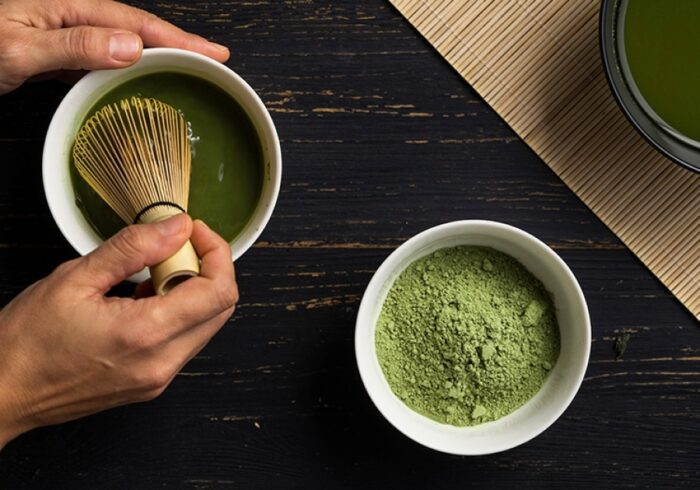Dental crowns, or crown teeth, are coverings that are put over broken teeth. When fillings fail to address the problem, crowns are utilised to cover and restore the contour of your teeth. Metals, porcelain, resin, and ceramics are some materials that can all be used to make dental crowns. Besides good dental hygiene, they usually do not require particular maintenance over time.
Here are some of the advantages and disadvantages of getting crown teeth.
Advantages
Dental crowns are an effective solution to a variety of dental issues. They are capable of:
- Helping a tooth that has been severely affected by decay.
- Preventing additional harm to a tooth that has worn away.
- Protecting the tooth after a root canal operation.
- Holding a badly cracked or shattered tooth together with your fingers.
- Coverage for a dental implant.
- Changing the shape or colour of a tooth to improve its appearance.
Dental crowns are an excellent long-term alternative since they are durable and typically last around 5-15 years, increasing patient satisfaction with the procedure.
Treatment with dental crowns has quite a high success rate compared to other dental restoration techniques or no treatment at all. Several scientific investigations that studied their usage have supported this.
Disadvantages
Dental crowns have certain drawbacks, such as the requirement to shape the teeth before the crown can be placed. Moreover, this process is typically permanent.
Some individuals may feel discomfort following the treatment, particularly sensitivity to hot or cold temperatures. Brushing with toothpaste intended for sensitive teeth can help to alleviate discomfort. Another problem is pain or sensitivity while biting down, which is typically caused by the crown being too high and blocking the teeth on the opposite jaw. Fortunately, this is readily corrected by altering the crown height.
Crowns, especially those constructed of porcelain, might chip at times. Small chips can be repaired without removing the crown, but larger or multiple cracks in the crown may need replacement.
The dental cement used in securing the crown in place may wash away in some people. This causes the crown to become loose in the process, allowing germs to get behind the tooth and causing dental rot. The crown may occasionally fall off entirely, usually due to an improper fit or an inadequate amount of dental cement to hold the crown in place. This will then require a refitting or replacement of the crown.
An allergic response to porcelain or one of the other metals used to make the crown can also become highly disadvantageous. Luckily, this allergy is extremely rare.
Dental crowns are often more expensive than other tooth restorations, which may be a deterrent for some patients. The cost is determined by the crown’s material. For instance, porcelain crowns are likely to be more expensive than gold crowns.




